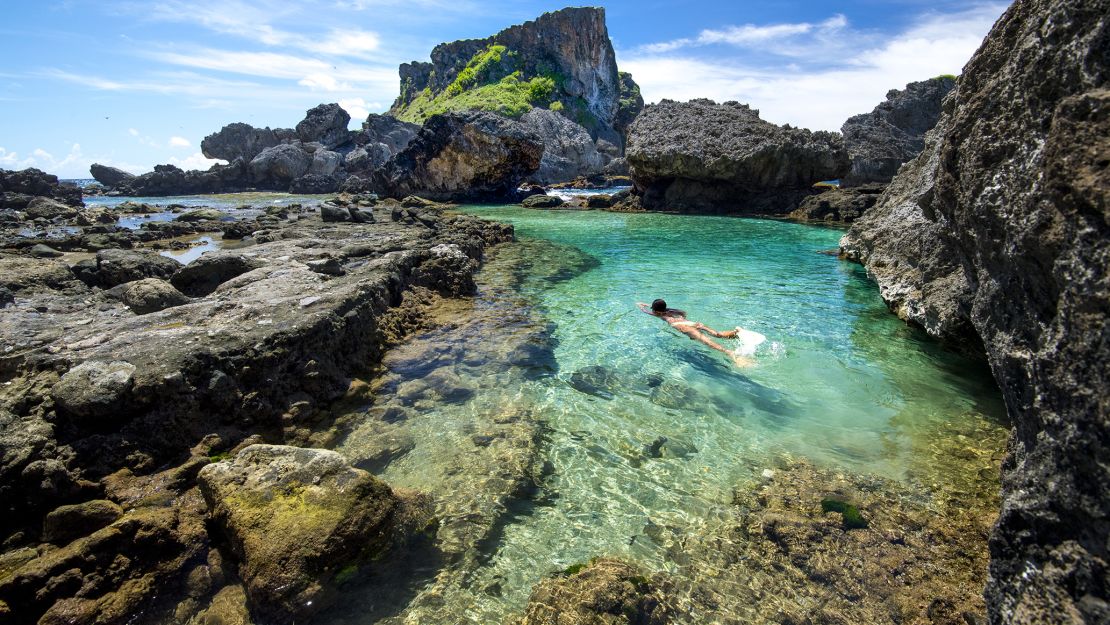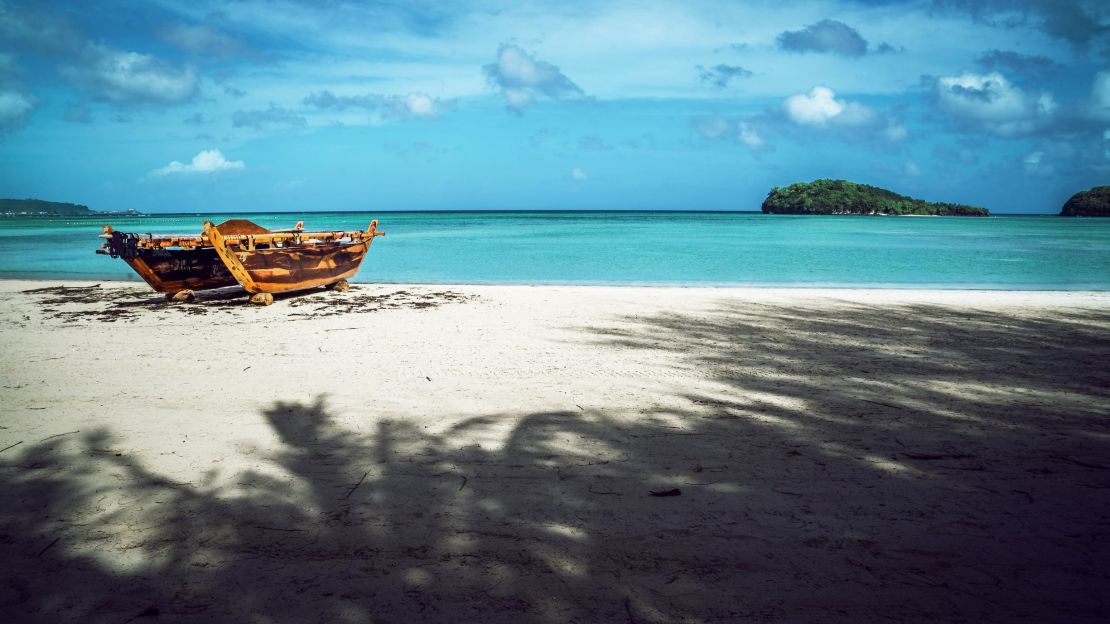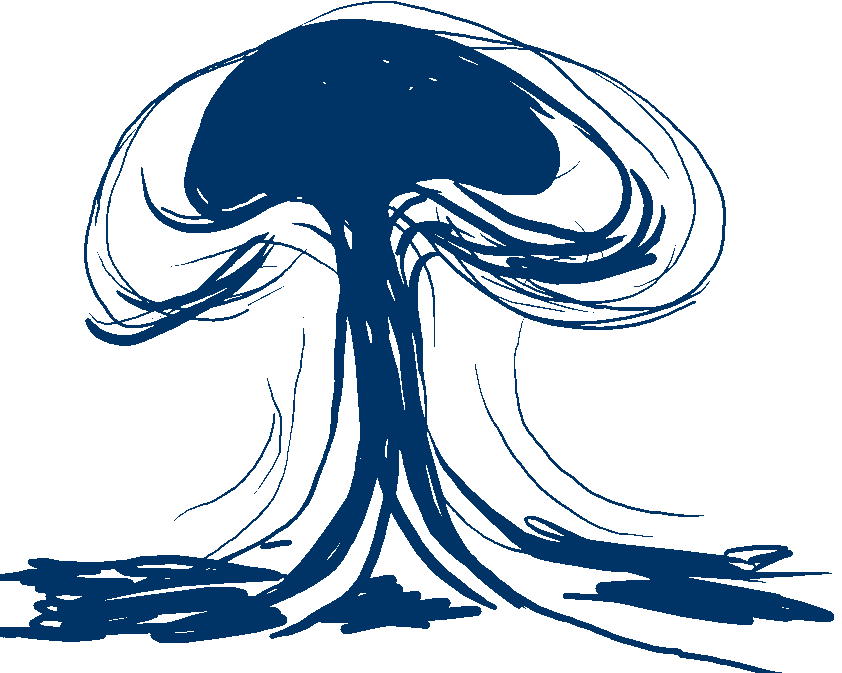White sand, turquoise water and an American flag lofted by tropical winds – it’s a scene worthy of a picture postcard.
But if you’re imagining Key West or Kauai, try again. Think beyond the 50 states that claim a star on the American flag, because from the island of Saipan to American Samoa’s Pago Pago harbor, the United States’ territorial claims stretch across the globe.
Many mainland Americans, however, know little about the history and cultures of the territories. Or the travel opportunities.
Just over three-quarters of American adults know that Puerto Ricans are American citizens, according to a 2017 survey by the Kaiser Family Foundation. It’s likely that even fewer could locate Saipan, Guam or Palmyra Atoll on a map of the world.
In his recent book “How to Hide an Empire,” historian Daniel Immerwahr explores the devastating impact of that ignorance on the daily lives of Americans living in US territories.
“One of the clear consequences is just federal neglect,” Immerwahr told CNN in a recent interview. With no voting representation in the United States congress, millions of US nationals and citizens in American territories are locked out of general presidential elections.

“It’s not a shock that those places are going to be overlooked when it comes to distributing money for infrastructure,” Immerwahr said, “or that those places are going to receive dimes on the dollar when it comes to federal programs.”
Since federal laws don’t automatically apply to territories, they’ve also been a proving ground for everything from unregulated factories to medical tests. “These territories become laboratory spaces of experimentation,” said Immerwahr. “It’s dangerous to be part of a country but not have full standing in the country.”
And while a wrenching history of war and colonization might not seem like typical beach reading for a summer weekend, Immerwahr’s book makes a fascinating guidebook to a side of America’s past that’s often overlooked during celebrations of the country’s independence.
Much of that history is painful. From the occupation of the Philippines to racist citizenship policies, some passages deeply undercut America’s commitment to freedom and democracy.
As you read, though, glimpses of those territories’ proud cultures, languages and heritage invite a closer look. And all those gorgeous beaches and dreamy bays? They’re just waiting for inquisitive travelers – and armchair adventurers – ready to go beyond America’s basic 50.
American Samoa
Electric green rainforest tilts toward the water on American Samoa’s steep-sided islands, where fruit bats dangle, clear waves lap the shore and reefs house swarms of tropical fish.
The natural bounty must have enchanted early Polynesian explorers, who discovered the islands during death-defying canoe trips across uncharted Pacific waters. Some 3,000 years later, Polynesian culture thrives in traditional dances, celebrations and the exquisite work of local tattoo artists, or tufaga tu tatau.
Sprawling across three of the loveliest islands – Ta’u, Ofu and Tutuila – the National Park of American Samoa beckons visitors to experience the natural world at its most pristine. Here, a day hike could mean spotting sea turtles on the the Fagatele Bay Trail, walking past small farms or checking out the gun batteries that helped secure the Pacific during the Second World War.
Guam

Traditional chants provide a rhythmic backdrop at Chamorro celebrations in Guam, a remote island that’s become an unexpected crossroads in the Western Pacific.
A strategic location between the Americas and Asia has swept Guam into the current of world events again and again, from Japan’s 1941 invasion to recent threats by North Korea. Now, visitors can explore that military history while diving the World War I-era wreck of the SMS Cormoran, or visit the forest sites of fierce battles between Japanese and American troops during the Second World War.
But Guam has been a crossroads in other ways, too, and there’s no better way to experience the island’s diversity than over a feast of Chamorro cuisine, which draws on flavors from around the globe. Make your first order a dish of kadon pika, chicken stew that gets a fiery kick from locally grown peppers and is best eaten alongside achiote-infused red rice.
Puerto Rico
The Taíno people named their sun-soaked island Borikén, a name that still lingers in the cobblestone streets of the territory’s capital of San Juan.
That city is among the oldest European settlements in the United States, and while the Taíno language has been lost, many Puerto Ricans proudly identify as Boriqua. For travelers, San Juan’s UNESCO-listed fortifications, bright-painted houses and swashbuckling history are a doorway to understanding that heritage.
Not that the city is frozen in time – anything but. Bright murals and street art have turned San Juan into an open-air art gallery whose heart is the colorful neighborhood of Santurce.
Here, towering paintings go from trippy dreamscapes to political manifestos decrying Puerto Rico’s sometimes-fraught relationship with the mainland United States.
US Virgin Islands

A trio of isles straight out of a Caribbean beach fantasy, the US Virgin Islands’ go from St. Croix’s all-inclusive escapes to the wild forests of St. John.
Two-thirds of that island are protected by Virgin Islands National Park, an extraordinary preserve with platinum-blonde beaches, coral reefs and glassy water. Seagrass beds in shallow bays provide sheltered nurseries for green, hawksbill and leatherback sea turtles, which lay their eggs along the shoreline.
While St. John’s natural landscape may seem primeval, the island has been inhabited by indigenous people since ancient times.
Deep in the tropical forest of Reef Bay, petroglyphs etched into blue basalt depict wide-eyed faces and tightly coiled spirals. The exact origins of the petroglyphs are unknown, but archeologists believe they appeared at some time after 700 AD.
To reach the petroglyphs, pack some hiking books and set out on the three-mile Reef Bay Trail, which also passes the ruins of a historic sugar mill.
Northern Mariana Islands
Sharing a Chamorro culture with Guam, the Northern Mariana Islands are ringed by blazing-white beaches and ocean that rolls out to the skyline.
The largest of the islands, Saipan, can be spanned in an hour-long road trip, but slowing down for a leisurely car tour pays off in a perfect day of beach hopping.
Start the day at Obyan Beach, a quiet cove ideal for strolling by the turquoise water. In between dips, search for the Charmorro latte stones and wartime installments hidden behind the trees here.
Next, head to Forbidden Island Marine Sanctuary, where low tide exposes a path to an island bird sanctuary with razor-sharp lava rocks, clear pools and caves to explore.
By the time the sun is dipping over the Pacific, make your way to Banzai Cliff, a sheer band of stone that plummets to churning whitecaps. Set near the northern tip of Saipan, a monument at the cliffs recalls the beautiful spot’s tragic World War II history – the final command post of Japanese forces on Saipan is just inland.
United States Minor Outlying Islands
Look out the plane window when passing above these Caribbean and Pacific islands, and you’ll see more at a glance than most humans ever will.
Kingman Reef, Midway Atoll, Navassa Island: Their names have the power to inspire castaway fantasies, but the US Minor Outlying Islands are mostly visited by scientists and a squawking coterie of seabirds.
In many cases, those seabirds are the reason the United States claimed the islands in the first place. During a 19th-century race for the nitrogen-rich bird droppings known as guano, Congress passed the Guano Islands Act of 1856 to appropriate the islands’ aromatic natural resource as fertilizer for mainland farm fields.
Now, seven of those islands, reefs and atolls are protected as US Pacific Remote Island Areas.
One of these, Palmyra Atoll, is managed in cooperation with The Nature Conservancy, and at a time of rising sea levels spurred by the warming climate, the conservancy’s Evelyn Wight notes the urgency of their work there.
“With climate change advancing, there’s so much we can learn about these isolated places without many humans,” Wight said. “We can apply that to islands across the world.”
By granting access to just a handful of researchers, educators and volunteers each year, administrators at The Nature Conservancy and the United States Fish and Wildlife Service hope to shelter the islands from human impact.
For this one, plan an armchair adventure – or become a biologist.
Jen Rose Smith is a freelance writer and award-winning guidebook author whose work explores travel, adventure and food. With a home base in Vermont, her recent adventures include cycling around Peru’s highest mountain and eating her way through Istanbul. Read more of Jen’s work at jenrosesmith.com.
When you use affiliate links on this page, CNN may receive revenue. CNN is not responsible for the goods or services provided through such links.















